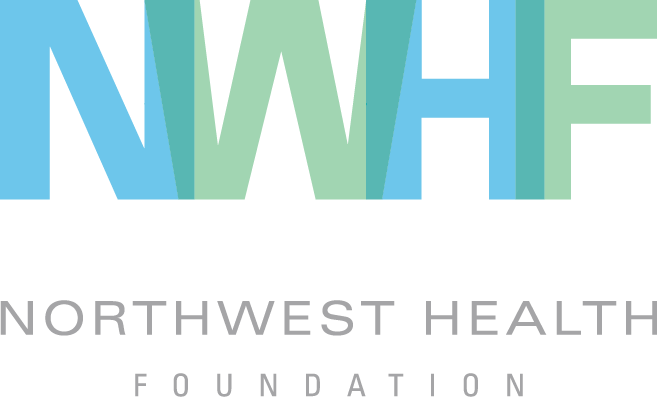A Healthy Oregon: 21st Century Health Equity Investments
/The research is clear, racial disparities persist in all aspects of health in Oregon, from healthcare access, illnesses and chronic disease, to premature death. This should be concerning for all public officials; and we must act to address this crisis.
Unfortunately, existing revenues are insufficient to close the gaps and eliminate the deep disparities engraved in lives of Oregonians. Proven programs and seasoned health professionals that help prevent diseases, reduce infant mortality, and improve outcomes for Oregonians who experience health disparities are underfunded and unavailable in many communities throughout the state. Despite a legacy of declining resources that have wrecked havoc on the well-being of working families, there is hope. OHEA and many other allies for a healthy Oregon are developing consensus around the key problems and concrete solutions.



